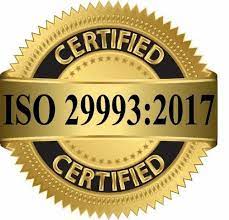
|
|
A horse called “Read The Footnotes” ran in the 2004 Kentucky Derby. He finished seventh, but if he had won, it would have been a victory for financial literacy proponents everywhere. It’s so important to read the footnotes. The footnotes to financial statements are packed with information. Here are some of the highlights:
You can find a narrative explanation of a company’s financial performance in a section of the quarterly or annual report entitled, “Management’s Discussion and Analysis of Financial Condition and Results of Operations.” MD&A is management’s opportunity to provide investors with its view of the financial performance and condition of the company. It’s management’s opportunity to tell investors what the financial statements show and do not show, as well as important trends and risks that have shaped the past or are reasonably likely to shape the company’s future. The SEC’s rules governing MD&A require disclosure about trends, events or uncertainties known to management that would have a material impact on reported financial information. The purpose of MD&A is to provide investors with information that the company’s management believes to be necessary to an understanding of its financial condition, changes in financial condition and results of operations. It is intended to help investors to see the company through the eyes of management. It is also intended to provide context for the financial statements and information about the company’s earnings and cash flows. Financial Statement Ratios and Calculations
|
|
|
|
|
|
|
|
|
"We now accept the fact that learning is a lifelong process of keeping abreast of change. And the most pressing task is to teach people how to learn." -- Dr. Peter Drucker, Austrian-born American management consultant, educator
|
Home Home Certifications AMC® Training Council Continuing Ed Awards Careers Board Government Jobs Membership Ethics Handbook Events Benefits Exam Sample Omicron Chi News Accredited Degrees Management Degrees Accounting Degrees Financial Analyst Degrees Human Resource Degrees Application Links Disclaimer

Accreditation Bodies: www.GAFM.com * www.GAFM.org * www.CertifiedProjectManager.eu * www.AAFM.org * Certified Project Manager * Certified e-Commerce Consultant *Royal Law Society *Royal Business Society*Royal Business College*Royal Fellows*Royal Economics Academy*Oxford Law School*AAFM*Certified International Project Manager *

